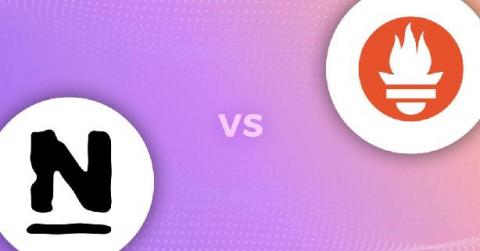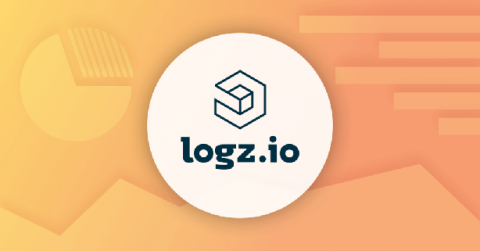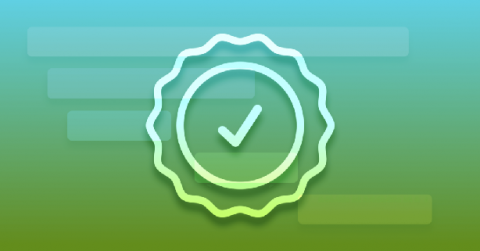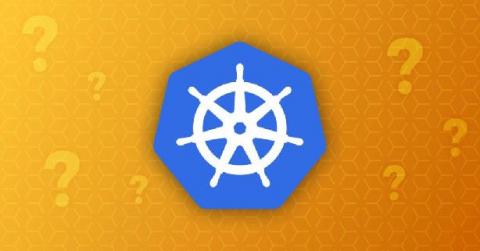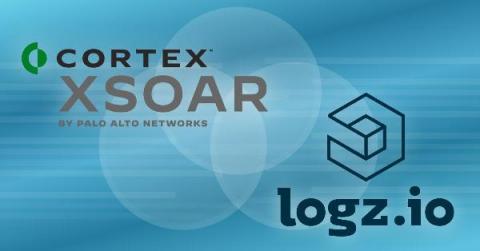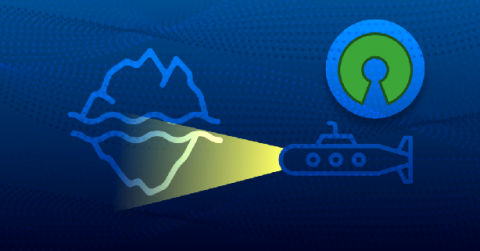Solr vs. Elasticsearch: Who's The Leading Open Source Search Engine?
Searches are integral parts of any application. Performing searches on terabytes and petabytes of data can be challenging when speed, performance, and high availability are core requirements. This blog post will pit Solr vs Elasticsearch, two of the most popular open source search engines whose fortunes over the years have gone in different directions. Both of them are built on top of Apache Lucene, so the features they support are very similar.



